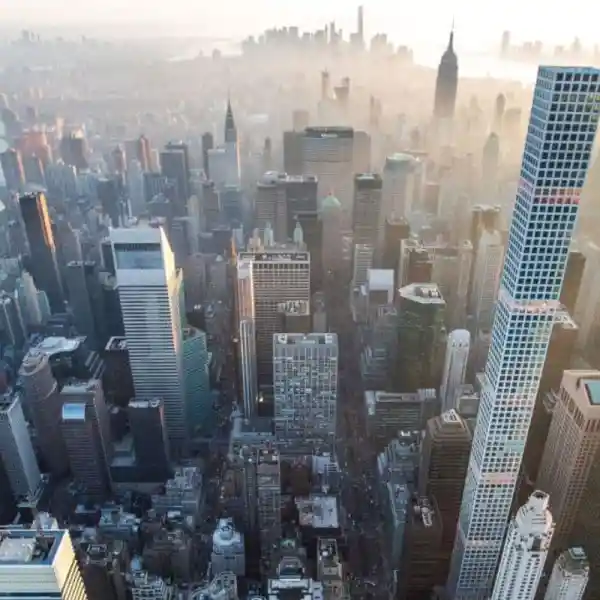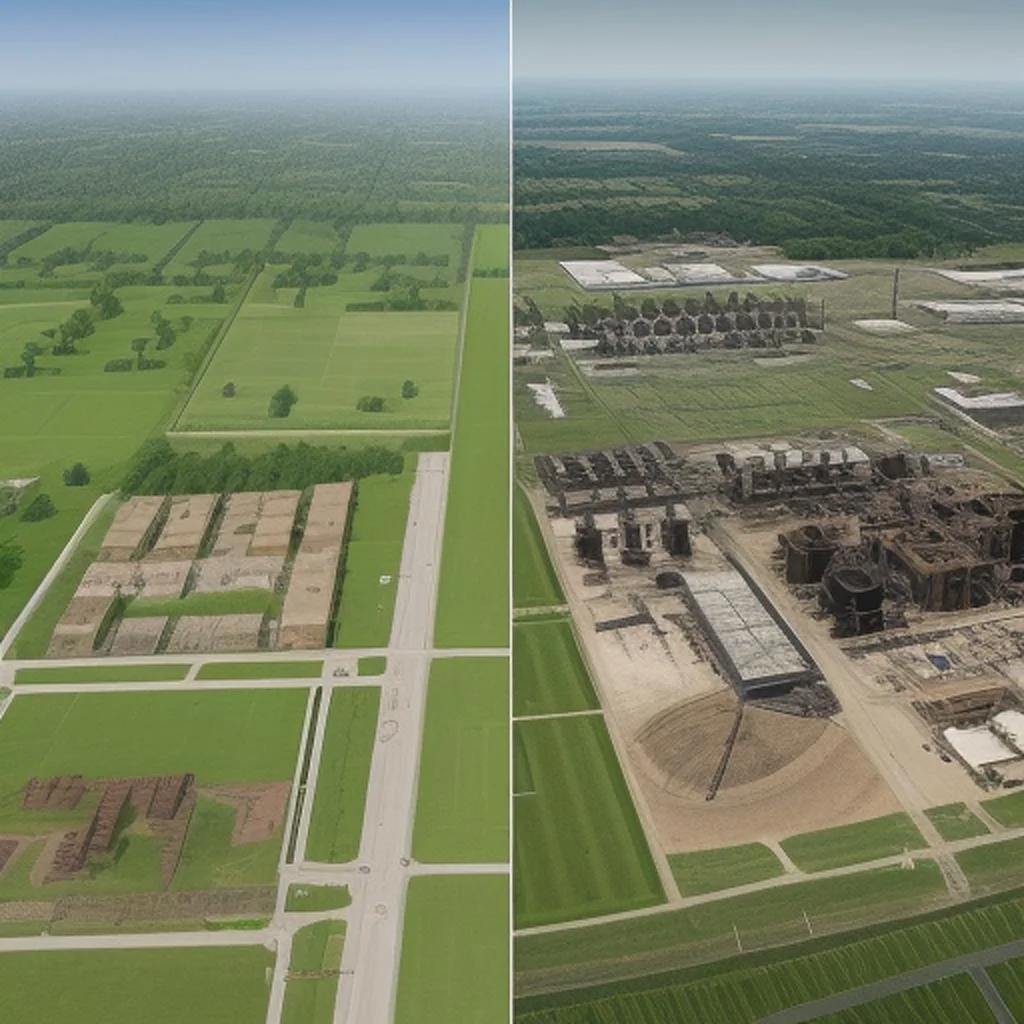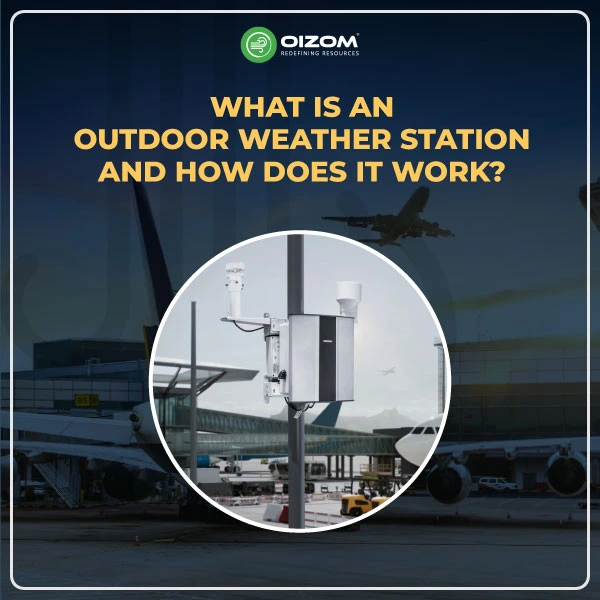New York City (NYC) stands as a symbol of dreams, ambition, and opportunity. With its towering skyscrapers, Broadway lights, and bustling streets, the city paints a portrait of ceaseless activity. However, with activity comes its set of environmental challenges. Among them, air pollution emerges as a particularly salient concern. With a history steeped in rapid industrialisation and urban expansion, the city’s atmosphere has been historically laden with pollutants, a trend the metropolis continually strives to alter.
What Is The Air Quality In New York City?
New York City’s air quality has dramatically transformed over the decades. From the industrial age, with its factories spewing smoke, to today’s automobile-centric culture, the sources of pollution have shifted. The city primarily grapples with pollutants like nitrogen dioxide (NO2) and particulate matter (PM2.5).
These pollutants, often invisible to the naked eye, pervade the city’s air, particularly in traffic-heavy zones and industrial sectors. Despite this, substantial efforts have been made, and the past two decades have witnessed improved air quality, although occasional spikes still occur.
To understand NYC’s current air quality, it’s essential to consider real-time data, seasonal variations, and regional factors. While winter sees a surge in heating-related emissions, summer often increases ozone levels, resulting from vehicular emissions and sunlight.
In recent years, the city has witnessed moderate air quality levels on most days, but certain areas, particularly those with dense traffic or industrial activity, may see higher pollutant levels. Residents and tourists can leverage online platforms or mobile apps that offer real-time insights, ensuring they’re well-equipped to navigate the city’s variable air quality landscape.
How polluted is New York City?
Comparing NYC to other global cities reveals a nuanced picture. While NYC has made considerable strides in improving air quality, challenges persist. Areas with heavy traffic, older buildings with inefficient heating systems, and certain commercial hubs might still record higher levels of pollutants. Certain boroughs or neighbourhoods might experience elevated pollution due to their proximity to highways or industrial sites. However, with rigorous policies and heightened public awareness, these ‘pollution hotspots’ are being addressed systematically.
Causes of pollution in New York City
Dissecting NYC’s pollution matrix reveals a multiplicity of sources: Vehicular Emissions: NYC’s dense network of roads witnesses a constant flow of cars, buses, and trucks. Emissions from older vehicles, in particular, contribute significantly to NO2 and PM2.5 levels.
Industrial Activities: Certain pockets of the city still house industries or commercial activities that contribute to the city’s pollution metrics. These might include manufacturing units, power plants, or even construction sites.
Energy Production: Several buildings, particularly older ones, rely on heating systems powered by fossil fuels. The combustion process releases a host of pollutants into the atmosphere.
Waste Management: Landfills, waste processing units, and even waste transportation contribute to the city’s pollution levels.
Effects of Air Pollution on NYC
Imagine a day when the iconic skyline of New York City (NYC) fades into a murky blur, the Empire State Building is lost amidst a smoggy abyss, and Central Park’s lush greens seem muted under a grey haze. Though this may sound like a dystopian novel, for New Yorkers, this description isn’t too far from some of their worst smog-filled days.
In the bustling heart of the United States, New York City, with its gleaming skyscrapers and pulsating energy, is sadly not immune to the global menace of air pollution.
The Sources: Vehicles, power plants, heating systems and various industries spew out pollutants daily. Diesel soot, nitrogen dioxide (NO2), and fine particulate matter (PM2.5) rank high amongst the main offenders. While Londoners battle with their own ‘pea-soupers’, the folks across the pond grapple with their hazy adversaries.
Health Implications: Air pollution isn’t just a global concern; it’s a silent killer. It exacerbates respiratory ailments like asthma, hampers lung development in children, and even links to heart diseases. A fact that might stir your tea: air pollution contributes to more than 2,000 premature deaths in NYC annually. It’s not just the infamous English cold that gets you; it’s the air!
NYC’s Iconic Landmarks Under Threat: The acid rain, a byproduct of air pollution, is slowly eroding the city’s historic stone buildings and statues. Imagine a NYC where the stony gaze of the Statue of Liberty is dulled, not by time, but by the air surrounding her.
Economic Repercussions: Like a thief in the night, air pollution pilfers millions from NYC’s economy. Health-related costs, reduced agricultural yields, and even lowered property values, all tie back to this uninvited guest.
What is New York City doing to improve air quality?
Addressing air quality demands a multi-pronged approach. NYC has embraced green initiatives, striving to expand green spaces which act as urban lungs. The shift towards renewable energy sources is palpable, with solar panels adorning many a rooftop.
Public transport enhancements, the promotion of electric vehicles, and the introduction of green building codes further bolster the city’s fight against pollution. Congestion pricing and stringent vehicle emission norms also hint at the city’s unwavering commitment to cleaner air.
In tandem with environmental NGOs, the city’s government has been at the forefront of the fight against pollution. Stringent regulations, monitoring mechanisms, and public awareness campaigns form the core of their strategy. Grassroots initiatives, community involvement, and collaboration with global environmental bodies further amplify their efforts. They’ve fostered a culture where every New Yorker is encouraged to play their part through recycling, using public transport, or supporting green initiatives.
But imagine an air quality monitoring system attached in Times Square, and the real-time air quality is displayed on the big screen. How effective would that be? People would know what they are breathing. Now, what if we display the air quality with parameters? Suppose there is a high amount of PM2.5 or CO2 in the air; then, people will know what to do.
They can cover their faces or take some mitigation actions. Data becomes super important while finding the solution, and Oizom delivers it the best. With Oizom’s real-time monitors, you can get accurate data flow of 30+ environmental parameters.
Know more about Oizom’s air quality monitors here
Conclusion
With its vibrant tapestry of cultures, dreams, and innovations, New York City stands as a beacon of resilience. The journey from smog-choked streets to aspiring for crystal clear skies showcases the city’s indefatigable spirit. Every stride towards cleaner air is a testament to the city’s commitment to its residents and the global community. In the fight against pollution, New York City dreams big and acts decisively, setting a precedent for cities worldwide.






